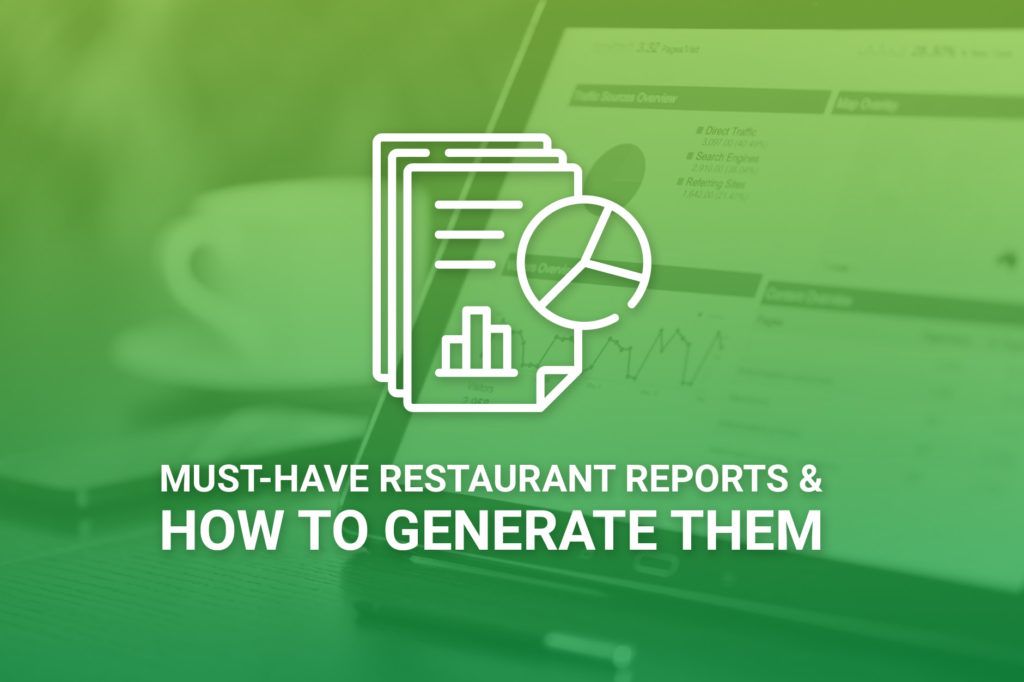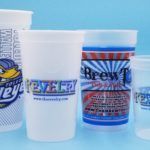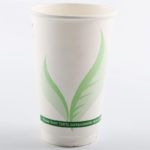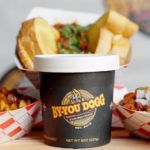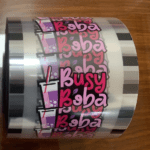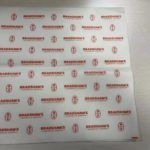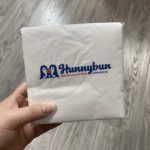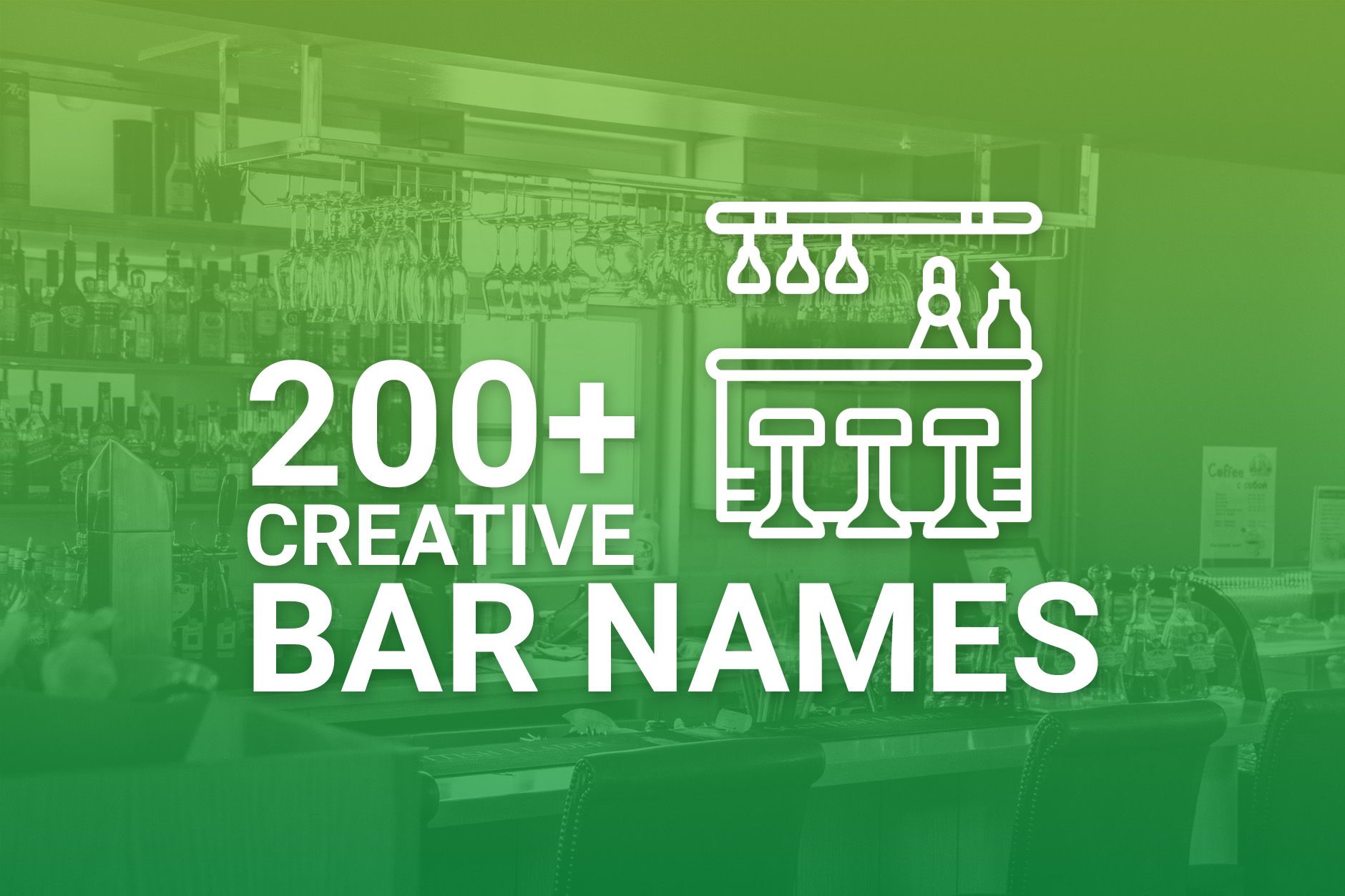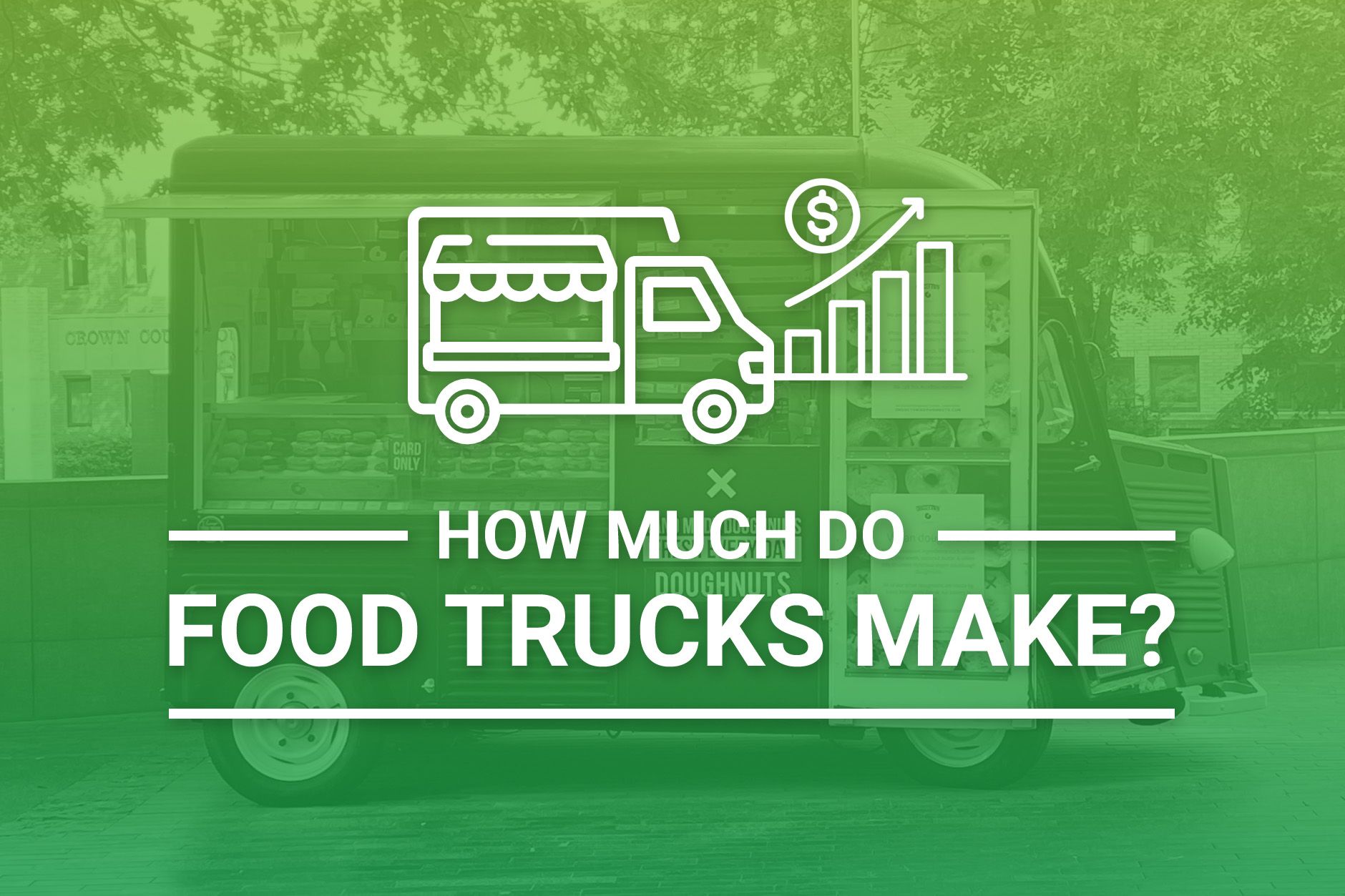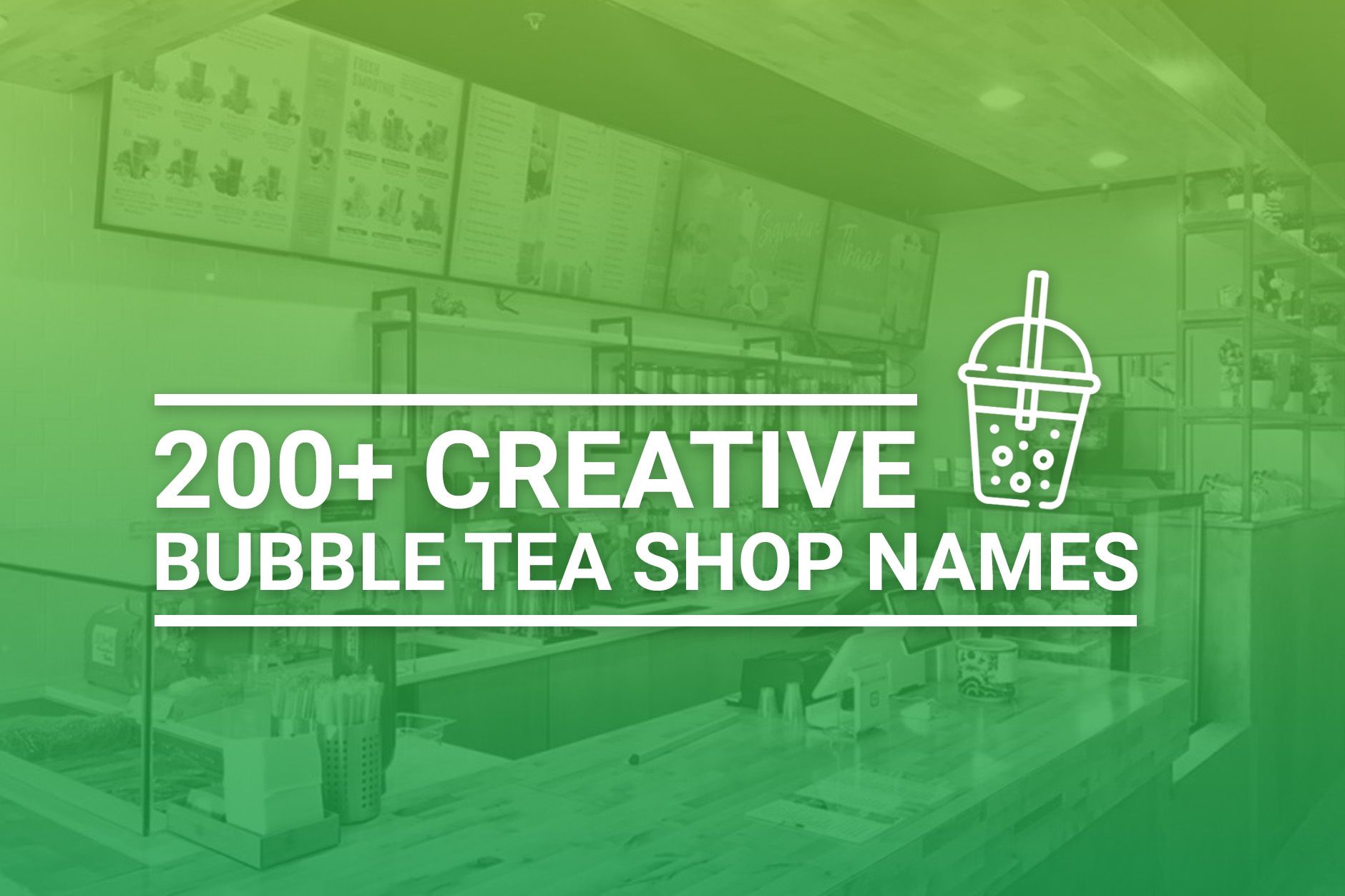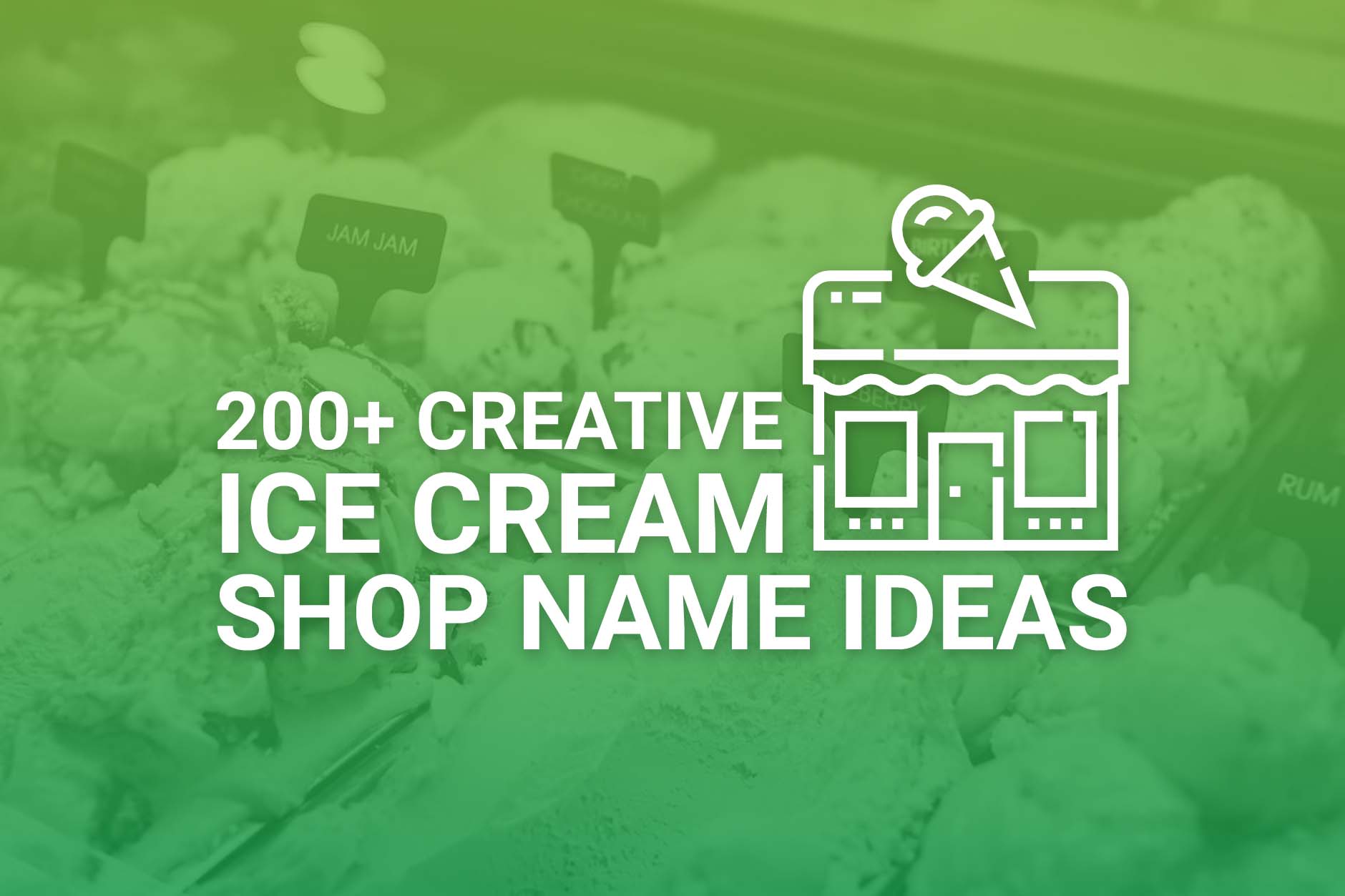To outsiders, owning and running a restaurant may seem pretty fun. In reality, it’s a lot of drudgery – and a LOT of paperwork. In order to stay profitable, you can’t just serve great food or have good service. You also have to closely watch every dollar that comes in and out of your business.
Fortunately, there is software that makes tracking things like income and expenses a lot easier. You can use these programs to develop comprehensive reports that give you all of the information that you need about the financial health of your restaurant. With seven key reports, you can keep an eye on every aspect of your enterprise – and find ways to maximize your profits.
As small business owners ourselves, the team at Budget Branders knows just how difficult it can be. Our goal is to help fellow entrepreneurs with a full range of affordable custom branded disposable products. Want to learn more? Reach out for a free quote.
What Are Restaurant Reports, and Why Are They Important?
Throughout the day, you probably have a good idea of how many sales you’re making and how many customers have walked through the door. You might even have an exact dollar figure on what you have brought in based on sales tickets. Yet this information, in and of itself, is not enough to get a true measure of how your restaurant is performing.
Restaurant reports such as daily profit and loss statements give you a much more in-depth look at every aspect of your business. The type of information that you can review in a restaurant report would be difficult and time-consuming to do manually. Through technology like integrated point of sale (POS) systems and accounting software, you can generate comprehensive reports on almost any aspect of your business.
These reports are an incredibly useful way to dissect every data point related to your restaurant, from labor to inventory to sales. An automated restaurant report is typically easy to navigate, with dashboards, visuals, and insights that allow you to make strategic decisions to cut costs and increase profits. You can generate these reports using software, and even have them set to be delivered to you on a regular basis.
Restaurant reports are important because they allow you to view and manage the details of your business. Without an ability to see both the big picture and dig into the details through reports, there is a real possibility that you’ll miss certain trends that can impact your bottom line.
Must-Have Reports for Your Restaurant
Depending on what software and operating system you use for your restaurant, you may have access to a wide variety of reports. The sheer number of reports available might be overwhelming. Which ones do you actually need to review?
Below, we list the top seven reports that are essential to your operations – and how you can generate them.
Daily Flash Report
If you are only looking at one report each day, it should be the daily flash report (or snapshot report). This report provides key metrics of a restaurant’s performance, broken down by location (if applicable). It includes a high level summary of sales, discounts, comps, labor costs, and other critical data. A daily flash report will also include historical information and labor report numbers so you get a better idea of performance over time.
The daily flash report can be generated through your accounting software. It should be reviewed by the owner or a manager on a daily basis. Looking over this report allows top level staff to make adjustments and resolve operational issues before they affect profit margins.
A snapshot report can be run at any time, showing you revenue, labor costs, and sales data. This type of report is the best way to spot problems early, before they eat into your bottom line.
Sales By Order Type Report
Over the past 2 years, restaurants have constantly adapted to changing requirements related to the COVID-19 pandemic. Many restaurants have substantially increased their take-out and delivery business to accommodate customers’ needs. A sales by order type report will give you data on how people are spending money at your restaurant.
This report will detail whether customers are dining in, eating at the bar, picking up take-out, or getting food delivered. It will also show the amount that customers are spending in each category. Using this information, you can make higher level decisions about how to run your business – such as by adding more convenient take-out options like a dedicated counter if you notice that people seem to be ordering food to take home more often than they dine-in at your establishment.
Menu Item Analysis
Pricing menu items can be hard, particularly when the cost of goods changes over time (particularly during the COVID-19 pandemic, when supply chain issues and inflation have caused the cost of certain foods to skyrocket). One of the best ways to ensure that you are charging the correct price for menu items is by using your accounting software to generate a menu item analysis.
This report examines each menu item for popularity and profitability, and then provides suggestions for how to increase your profit margin. This data will allow you to adjust prices, rework recipes, or add promotions to help your restaurant become more financially successful.
A similar report allows you to see sales by menu item. Using this report, you can get sales figures for specific categories, like appetizers, desserts, and main courses. You can also examine whether certain types of menu items perform better at different times. This allows you to adjust your menu to maximize profits.
Heatmap Report
A heatmap can be used to show “hotspots” in any number of ways. For restaurants, a heatmap report can show when you are busiest so that you can better adjust your scheduling. This type of report is generated by accounting or POS software, and should be run on a weekly basis.
A heatmap report can be filtered by factors such as total sales, quantity of sales, and average bill size. By examining this data, you may be able to significantly reduce labor costs over time.
Received by Purchased Item Report
This report allows you to track items received over time, along with the cost of each item. Depending on your system, you can generate reports for specific items or categories, such as perishable foods or alcohol. With a received by purchased item report, you can also track the total and percentage each item makes in total cost of goods sold (COGS), which allows you to more easily identify goods that move quickly through your restaurant.
Unlike the daily flash report, the received by purchased item report does not need to be run daily. Instead, you should use your software to generate this report every two or three days. When going over the report, you should pay close attention to vendor pricing to identify any errors.
Actual vs. Theoretical Analysis
As any restaurant knows, buying inventory is a costly proposition. It can be difficult to predict how much of any given item you will actually need. An Actual vs. Theoretical (AvT) analysis gives you a detailed look at the quantity and cost of inventory and menu items.
According to the United States Department of Agriculture, an estimated $162 billion worth of prepared food is wasted by restaurants each year. Reviewing an AvT analysis on a regular basis can help you find places where food is being wasted in your restaurant by examining the actual usage of your inventory, waste, variance, unexplained variance, efficiency percentage, and inventory usage as a percentage of restaurant sales. By examining your theoretical usage of inventory against the actual usage, you can better control costs and increase profits.
Labor Actual vs. Scheduled Report
For any restaurant, labor is one of the biggest expenses – along with food and beverages. Running Labor Actual vs. Scheduled reports will allow you to look at your actual labor costs compared to the theoretical scheduled labor costs over a period of time. Using this data, you can drill down on labor costs – allowing you to make changes to optimize labor and increase profit margins.
For example, your restaurant may experience a slump on certain days or times. This report can help you identify when you are overstaffed so that you can make adjustments to schedules to better meet your business’ needs. This report can typically be generated through accounting software that includes labor scheduling.
In addition, this type of report often includes a labor cost analysis. This data will empower you to reduce labor costs to optimize profits.
How Budget Branders Can Help Your Restaurant Thrive
Like it or not, taking a hard look at numbers is an integral part of running a restaurant. Fortunately, there are a number of programs that will generate reports for you – giving you clear, concise data about your sales, costs, labor, and more so that you can grow your business.
Budget Branders wants to partner with you to help your restaurant perform at its peak. By putting your logo onto one or more of our custom disposable products, you can increase your marketing efforts with minimal cost and effort. All of our products are available in quantities and at prices that work for small to medium businesses
Interested in custom branded disposables? Click the “live chat” button on the bottom right of your screen, or fill out our online contact form to request a quote or to learn more.
